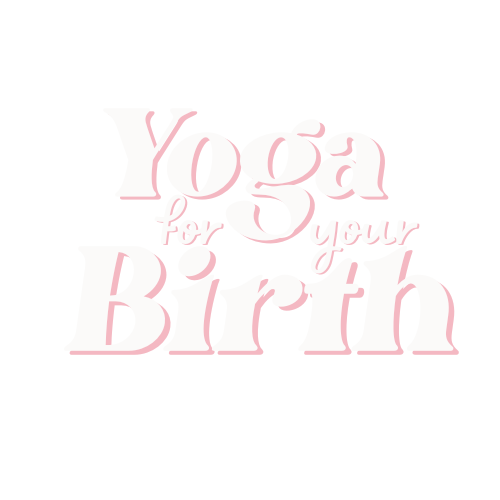
“Finally, a class on how to push with your body!”
This 90 minute workshop will prepare you for pushing and help you navigate the many ways you can support your body’s natural rhythms in the 2nd stage of labor, pushing!
Why join
How to Push & Protect Your Perineum?
In this self-paced workshop we'll discuss the power of preparing your perineum for birth in a way that doesn’t hurt, how to use positioning to reduce your risk of tearing, how to breathe for effective pushing and relax your pelvic floor, and learn the different ways to push and how to use them.
Breathwork
Our pelvic floor muscles are incredibly maleable and are capable of softening and moving to reduce the risk of tearing. Our breath is directly connected to our pelvic floor - in fact! I consider the pelvic floor to be one of the major respiratory muscles.
You’ll learn the basic biomechanics of the pelvic floor and how to use breath prenatally and during labor to relax your pelvic floor as well as a force of power for effective pushing.
How to Push
There are different ways to push. They have their benefits and downsides and even risks. We’ll explore the research, play with how it feels in the body, and understand when and why we might use the different types of pushing.
Pushing Positions
There are positions that widen the pelvic outlet (where baby is being born from!) and positions that make the pelvic outlet more narrow. When we can use these positions to support our natural bodily rhythms and harness our power, we can push both effectively and with lower risk of tearing.
Learn how to use these positions, listen to your body, and find leverage for greater pushing power.
Prepare Your Perineum
Our bodies were meant to have babies with minimal tearing. So why do so many women tear? Part of it is positioning and part of it is our tissues. Women’s pelvic floors are tighter than ever! They are tense, firm, and often barely move throughout the day.
You will learn how to support your pelvic floor capacity to stretch and release throughout pregnancy.
*I do not recommend perineal massage prenatally, in this class I’ll share with you why.




